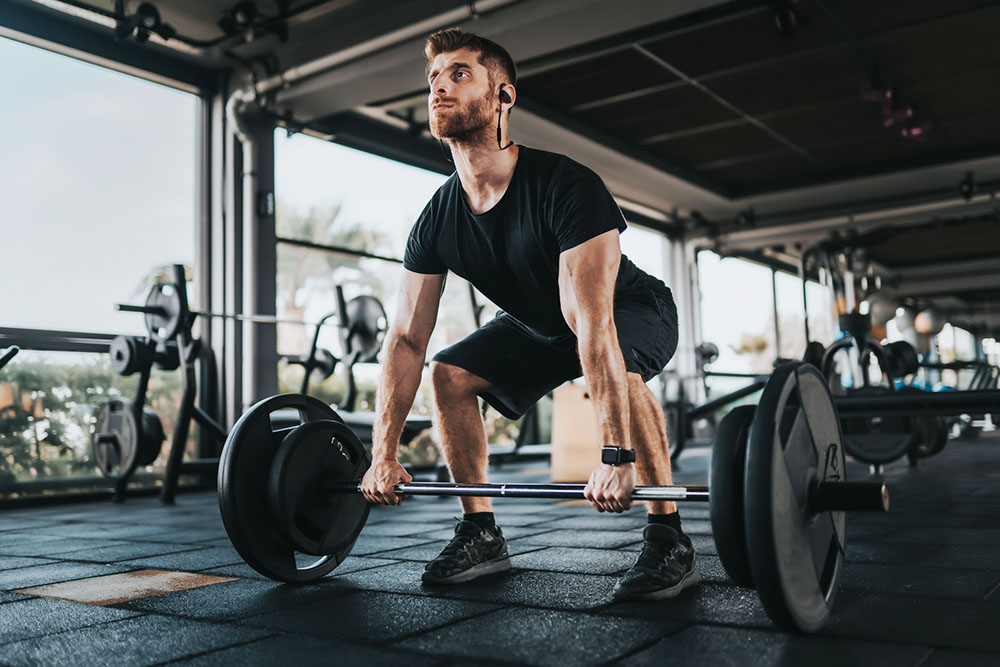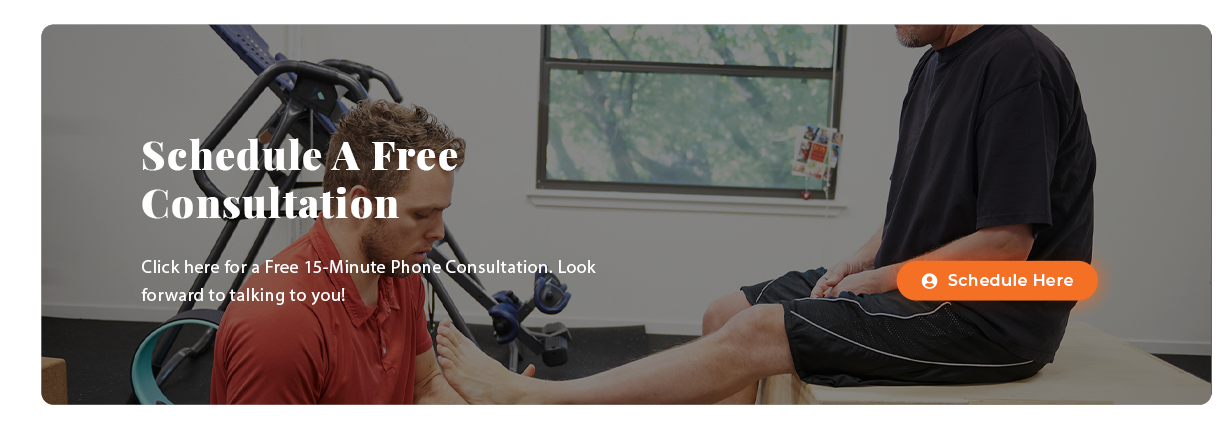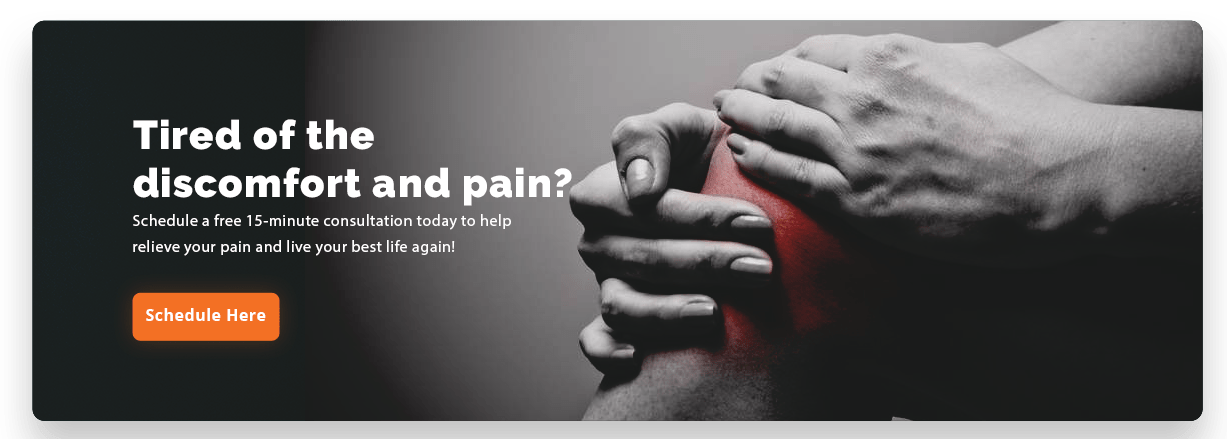“The last three or four reps is what makes the muscle grow. This area of pain divides a champion from someone who is not a champion.” – Arnold Schwarzenegger, seven-time Mr. Olympia.
Deadlifting, a fundamental exercise in strength training, is renowned for its ability to sculpt muscles and improve overall strength. The deadlift is a powerful compound exercise that strengthens the core, glutes, hamstrings, and back muscles. However, improper form, overexertion during deadlifts, or pre-existing back issues can lead to pain and discomfort, hindering your progress and causing unnecessary strain.
Physical therapy offers a tailored approach to not only alleviate but also prevent and manage deadlift-related back pain. Fortunately, physical therapy can be a powerful tool in relieving deadlift back pain and improving your form.
Understanding Deadlift Back Pain
Deadlifting places considerable stress on the lower back muscles and the spine. When executed incorrectly, this exercise can strain the muscles, ligaments, and discs in the lumbar region, leading to acute or chronic back pain. Common issues include muscle strains, disc herniation, or improper spinal alignment.
Deadlift back pain can originate from various sources, including:
- Improper form: This is the most common cause, especially for beginners. Rounding the lower back, overextending the spine, or neglecting core engagement can put excessive stress on the back muscles.
- Muscle weakness: Weak core, glutes, and hamstring muscles struggle to support the spine during the deadlift, leading to pain and potential injury.
- Pre-existing conditions: Existing back injuries or conditions like disc herniation or sciatica can be exacerbated by the deadlift.
Physical Therapy Techniques for Deadlift Back Pain
Physical therapy can be a crucial tool in addressing and preventing deadlift-related back pain. A skilled physical therapist can assess your form, identify muscular imbalances or weaknesses, and design a personalized plan to strengthen and support your back. Physical therapists utilize various techniques to address deadlift back pain:
- Manual therapy: This involves hands-on techniques like soft tissue mobilization, joint mobilization, and myofascial release to reduce muscle tension, improve flexibility, and alleviate pain.
- Therapeutic exercises: Specific exercises are tailored to strengthen the core, glutes, hamstrings, and lower back muscles, improving overall stability and support during the deadlift.
- Stretching: Stretching tight muscles in the hamstrings, hips, and back improves flexibility and reduces the risk of injury.
- Prevention Strategies: Educating individuals about proper warm-up techniques, cooldown exercises, and the importance of listening to their body during workouts helps prevent future injuries.
- Postural re-education: Learning proper posture during daily activities and deadlift variations can help prevent future pain and injuries.
- Functional movement training: This incorporates exercises that mimic real-world movements, improving coordination and strengthening the muscles used during the deadlift.
The Benefits of Physical Therapy for Deadlift Back Pain
Keep in mind that physical therapy is not a quick fix. It requires commitment and consistent effort to achieve lasting results. However, with the right guidance and dedication, you can overcome deadlift back pain and reap the benefits of this powerful exercise.
Physical therapy offers five major benefits for those struggling with deadlift back pain:
1. Pain relief
Targeted techniques and exercises can significantly reduce pain and discomfort.
2. Improved flexibility and mobility
Increased range of motion allows for better deadlift form and reduces the risk of injury.
3. Strengthened core and back muscles
A stronger core and back provide better support during the deadlift, leading to improved performance and stability.
4. Reduced risk of future injuries
By correcting improper form and strengthening muscles, you can prevent future back pain and injuries.
5. Improved overall fitness
Increased strength and flexibility enhance overall fitness levels and performance in various activities.
Getting Started with Physical Therapy:
If you experience deadlift back pain, consulting a qualified physical therapist can be crucial. They will assess your individual needs, identify the source of your pain, and develop a personalized treatment plan.
Here are some tips for getting started:
- Seek a physical therapist with experience in treating back pain and sports-related injuries.
- Communicate your symptoms and deadlift goals clearly to your therapist.
- Be diligent with your at-home exercises and follow your therapist’s instructions.
- Gradually increase the intensity and duration of your exercises as your strength improves.
- Be patient with the healing process and trust your therapist’s guidance.
Additional Tips for Deadlift Back Pain Prevention:
-
Warm up properly before each deadlift session with dynamic stretches and light cardio.
-
Use proper form and technique, focusing on maintaining a neutral spine and engaging your core throughout the movement.
-
Start with lighter weights and gradually increase the load as you get stronger.
-
Listen to your body and don’t push through pain. Take rest days when necessary.
-
Seek professional advice from a qualified coach or physical therapist to ensure proper form and technique.
By combining physical therapy with proper deadlift technique and preventative measures, you can effectively manage back pain and enjoy the benefits of this powerful exercise without limitations.
The Road to Recovery For Back Pain Relief: Pain and Performance Solutions
Recovering from deadlift-related back pain requires patience and adherence to the physical therapist’s recommendations. A gradual approach, consistent effort, and attention to form are crucial factors in ensuring a smooth recovery.
Regardless of whether you’ve been experiencing lower back pain for a brief period of time or you’ve been suffering ongoing pain for months or longer, we invite you to give us a call. Achieving relief from lower back pain begins once we’ve gained an in-depth understanding of when and how your pain began.
At Pain and Performance Solutions we specialize in bringing relief from chronic muscle pain with therapies such as Active Release Techniques® (ART®) and Anatomy in Motion (AiM). So, don’t simply ignore your back pain and hope it will just go away. Let us help.
Contact us today at 707-636-4404 or book an appointment online to start your recovery process.



